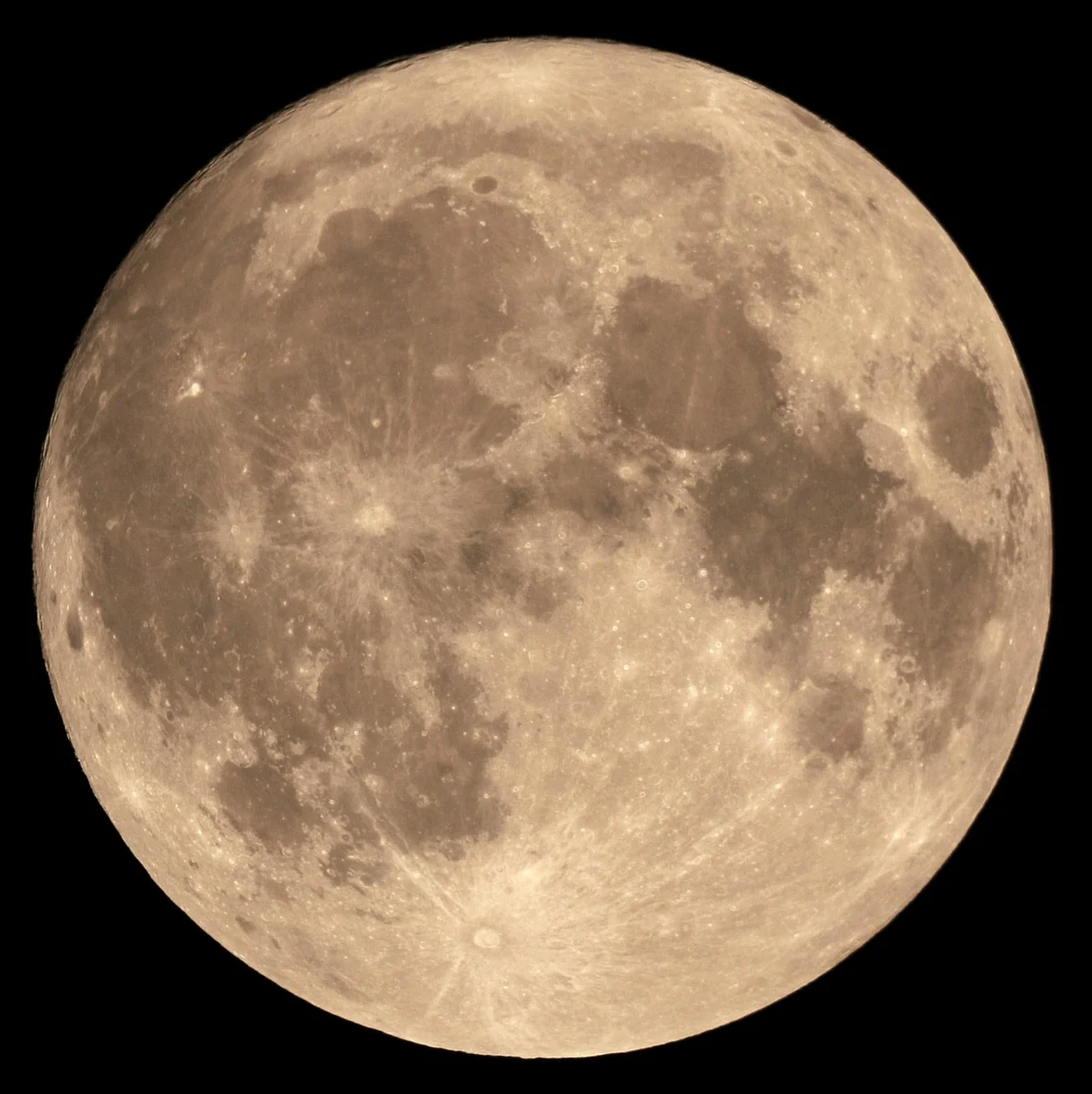Curious about Earth’s latest cosmic visitor? Meet 2024 PT5, a new mini-moon hanging out in our orbit until November 25. This mini-moon, spotted by the Asteroid Terrestrial-impact Last Alert System (ATLAS), is only 10 meters wide and has joined Earth’s orbit for a brief stint, delighting astronomers and stargazers alike. So, what does it mean to have this tiny, temporary satellite hanging around our planet?
Let’s dive into the details of Earth’s latest celestial guest and explore how it got here, what it brings to our skies, and why it’s so fascinating.
What Is a Mini-Moon?

A mini-moon is a small asteroid that temporarily gets captured by Earth’s gravity, joining our orbit for a short time. Unlike our faithful Moon, which has circled Earth for billions of years, mini-moons are more like fleeting visitors. They hang around for weeks or months, then drift away to continue their journey around the Sun.
Mini-moons are usually just a few meters in diameter, so spotting them is challenging, and many come and go unnoticed. 2024 PT5, discovered on August 7, is one such cosmic drifter, looping around Earth from September 29 until late November before returning to its usual orbit in the asteroid belt.
How Does Earth Capture a Second Moon?

Asteroids are constantly passing by Earth, but most follow their own paths dictated by the Sun’s gravity. Occasionally, however, Earth’s gravitational pull manages to temporarily capture one, creating a second moon — at least for a little while.
Our current mini-moon, 2024 PT5, is small compared to our regular Moon and orbits much closer to Earth. These smaller objects don’t influence Earth’s tides or climate but offer a unique chance for scientists to study near-Earth objects up close.
The Fascination with Mini-Moons
Earth has had mini-moons before, and it won’t be the last time. Scientists get especially excited about these temporary satellites because they offer a rare opportunity to observe small asteroids up close without needing a space mission to chase them down.
In 2020, a small asteroid named 2020 CD3 was similarly captured, hanging out in Earth’s orbit for a few years before breaking free. Another example is Kamo’oalewa, discovered in 2016, which follows a similar path as Earth but doesn’t orbit it directly.
Mini-moons like these help scientists refine their tracking and detection capabilities. Observing their movements and characteristics can give us insights into how asteroids interact with Earth and other planetary bodies in our solar system.
What Does This Mean for Life on Earth?
For the most part, Earth’s newest mini-moon doesn’t mean much for our daily lives. At roughly 10 meters wide, 2024 PT5 is far too small to affect Earth’s gravitational field, tides, or ecosystems. In fact, if you didn’t know it was there, you wouldn’t even notice it.
However, for astronomers, this mini-moon provides a rare opportunity to study a nearby celestial object. Since 2024 PT5 will be hanging around for a few weeks, scientists have a window to observe its behavior, learn more about its composition, and improve their tracking methods. For the rest of us, it’s a fun fact to share — Earth has two moons, if only temporarily!
Why Mini-Moon Research Matters

The study of mini-moons is more than just a scientific curiosity. These temporary moons serve as a reminder of the small but constant flow of asteroids passing close to Earth. By tracking them, we can better understand the population of near-Earth objects (NEOs) and develop methods for detecting potential threats.
Researchers also see mini-moons as potential candidates for future space missions. Since they’re small and pass close to Earth, mini-moons could serve as testing grounds for asteroid mining and planetary defense techniques. Understanding how mini-moons orbit and how they’re affected by Earth’s gravity gives scientists valuable insights into asteroid behavior, which can help protect us from future impacts.
When Will the Mini-Moon Leave Earth’s Orbit?
2024 PT5 will stay with us until November 25, after which it will return to its solar orbit, leaving Earth’s gravitational embrace. Although it won’t be visible to the naked eye, those with access to powerful telescopes might catch a glimpse of this tiny traveler before it slips away.
Astronomers are already tracking its movements closely, hoping to gather as much data as possible before it departs. When 2024 PT5 leaves, it won’t be taking anything with it — just the unique distinction of having been Earth’s second moon for a brief time.
The Future of Earth’s Mini-Moons

Looking ahead, Earth will likely capture more mini-moons in the coming years. The next big celestial event on the horizon is the arrival of Apophis in April 2029. This 1,000-foot-wide asteroid won’t become a mini-moon, as it’s too large and fast to be caught in Earth’s orbit, but it will come remarkably close, allowing for detailed observation.
Apophis will pass just 19,000 miles from Earth, closer than many satellites, offering a rare opportunity for scientists to study it up close. And while it won’t linger as a mini-moon, its passage reminds us of the constant, dynamic nature of our solar system.
Conclusion: A Brief Yet Fascinating Chapter in Earth’s Story
So, what does Earth’s latest mini-moon mean for us? While it won’t impact our lives directly, 2024 PT5 is a fascinating reminder of the dynamic dance happening in our solar system. These tiny visitors give scientists a rare opportunity to study near-Earth objects, improve tracking capabilities, and better understand our cosmic neighborhood.
For now, we can enjoy the knowledge that Earth has a second moon, if only for a short while. And who knows? The next time we spot a mini-moon, it might bring with it new discoveries that deepen our understanding of the universe around us.


